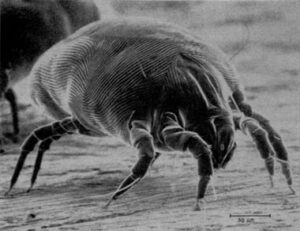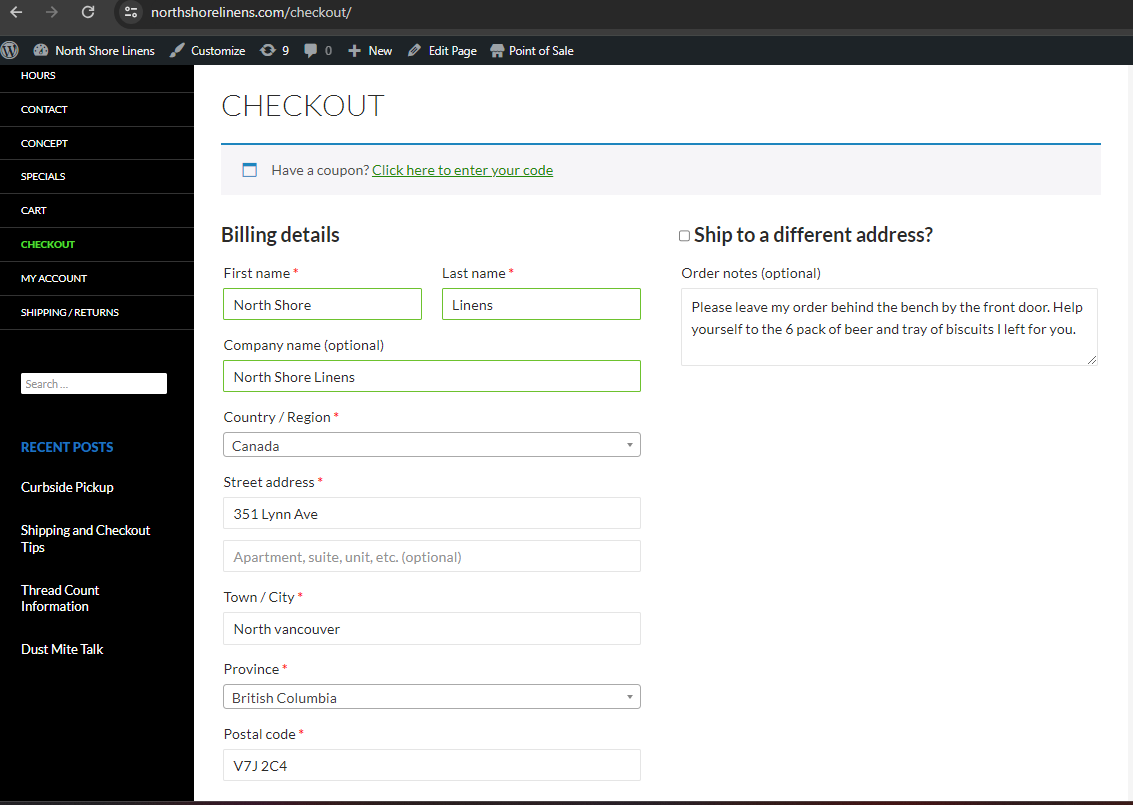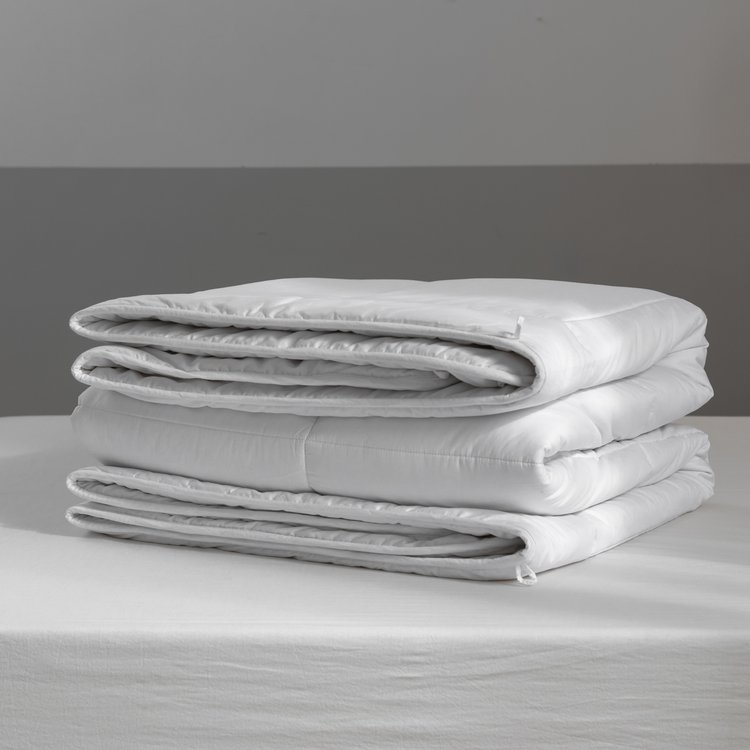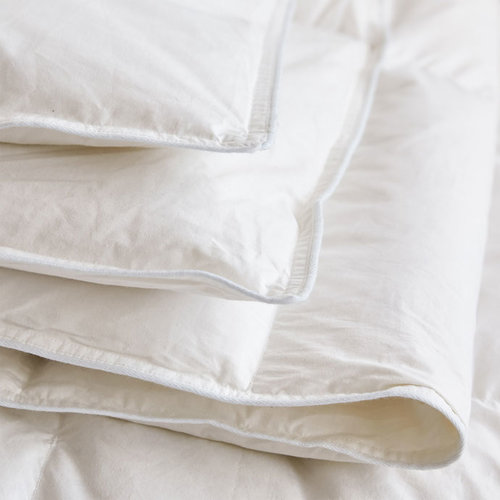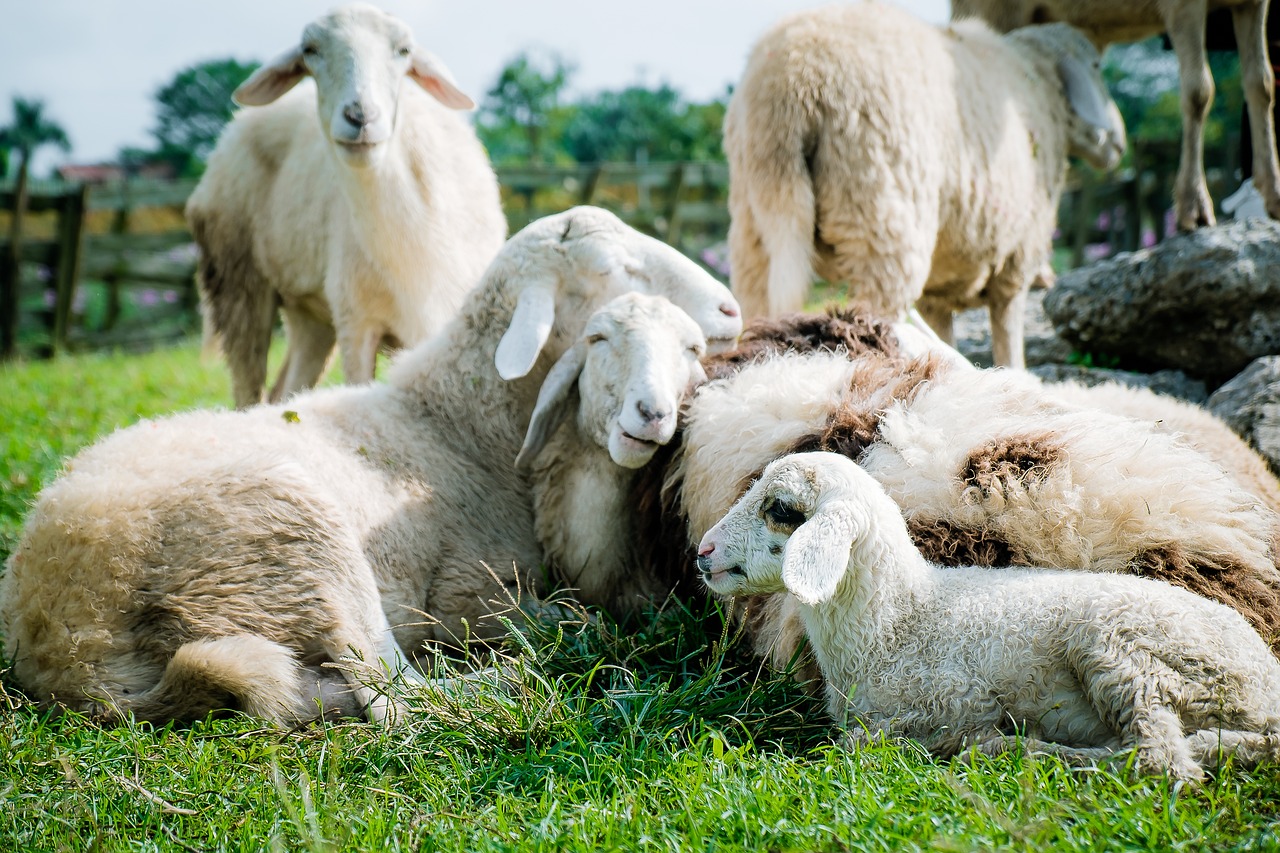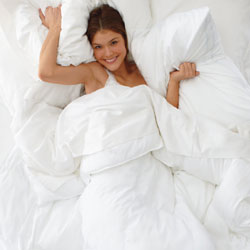We’re online-only now (no storefront), but we’re still very much here — answering questions, shipping bedding, and quietly judging anyone who doesn’t measure their mattress depth.
If you need help choosing, email/message us anytime. 💌
1) “It’s a shame you’ve closed your storefront — you’re going to lose lots of business (including mine). Why would you do that?”
We hear this a lot — and we get it. We loved the shop too.
But with rent and operating costs climbing, we had two options:
-
Keep the storefront and raise prices significantly, or
-
Close the storefront and keep things more affordable online.
We chose the option that lets us stay in business and keep bringing in lovely bedding — even if it means losing some customers who don’t want to shop online.
If that includes you, we’re genuinely sad to see you go. But we had to choose survival over a shopfront. If you ever change your mind, we’ll still be here online… quietly fluffing the virtual pillows.
2) “But I don’t have a computer — what do I do?”
Since we’ve closed the storefront, the only way to shop with us now is through our online store. That does mean we’re a better fit these days for customers who can shop virtually — even with a little help.
If you don’t have a computer, you can still order using:
-
A smartphone or tablet (yours or a family member’s)
-
A family computer (excellent excuse to bother the kids or grandkids)
-
A trusted friend who can help you place an order
Let’s be honest: after all the years you’ve spent buying bedding, it’s absolutely their turn to return the favour and click a few buttons for you. Bonus points if they make you a cuppa while they’re at it.
3) “I don’t want to shop online, but I’m willing to spend a lot of money — what will you do for me now?”
In the kindest way: we’ll miss you.
Closing the storefront wasn’t about “going modern for the sake of it” — it was about staying afloat. Going fully online is what allows us to keep bringing in beautiful fabrics and bedding at all.
What we can do is:
-
Keep our pricing as fair as possible
-
Provide detailed photos, measurements, and descriptions
-
Answer questions by email/message so you’re not left guessing
If shopping online just isn’t for you, we completely understand. And if you ever change your mind, we’ll still be here — folded neatly on the internet.
4) “Can I pop round to just ‘feel the fabric’?”
Short answer: no, sorry love.
Longer answer: we don’t have a physical shop anymore — just a hard-working warehouse team picking and packing online orders. As much as we’d love to see your lovely (and not-so-lovely) faces, a “quick feel” visit turns into a browse, a chat, and a gentle lecture about why we shouldn’t have closed the shop.
Because of staffing, insurance, and overheads, we can’t accommodate walk-ins or fabric squeeze-tests.
Instead, we:
-
Share as much detail as possible in product descriptions
-
Use clear photos and close-ups
-
Are happy to answer questions and help you choose the right fabric online
Think of us as your favourite shop that’s moved online — you can’t pop in, but we’re still very much here to help. 💌
5) “You forgot to send me a discount for my first purchase. Can you send it now?”
We actually don’t offer a “welcome coupon” — bold, I know.
We’re a wholesale online retailer, which means the prices you see are already significantly lower than standard retail. No fake markups, no pretend 30%-off banner just to make you feel special for typing a code. You’re already getting a good price — that’s the perk.
If we ever run a legitimate promotion, it’ll be clearly displayed on the website.
6) “I’ve changed my mind and need to return this special order / final sale item. It has not been opened.”
That one’s a no, sorry love.
Final sale and custom/special-order items are made or allocated specifically for you — which is why they’re marked non-returnable at checkout and on the product page.
Please only click Confirm once you’ve read the product details and our return policy.
7) “Please update me on the status of my order, even if there is no update.”
If there’s no update… that is the update.
You’ll receive:
-
An order confirmation, and
-
A shipping confirmation with tracking once it’s on the move
If your order is still within the stated timeframe, it’s simply making its way to you quietly — like a responsible adult.
If it’s running past the timeframe shown on the site, message us and we’ll check in. We just don’t send daily “still nothing, but hi” emails. Tempting though.
8) “Can you have the courier text my phone once they’re out front for delivery?”
This depends on the courier and the service level.
Many couriers offer delivery notifications by SMS or app — you can usually enable these through your tracking link.
What we can’t do is personally tell Dave the Driver to “text Emma x” on arrival… as much as we enjoy the vision.
9) “Are colour shades always 100% identical between batches?”
We aim for consistency, especially on core colours.
But with dyed and natural fabrics, small batch-to-batch variations can happen. Nothing wild — just the sort of difference only a very determined aunt would notice under a lamp at 11pm.
10) “Why do pre-orders and special orders say 2–3 weeks? Can you make it faster?”
Those 2–3 weeks aren’t us having a lie-in — that’s typically how long it takes for stock to get from our supplier to us, and then from us to you.
When you see pre-order / backorder / available to order, it generally means:
-
Stock is already on the way, or being allocated
-
Your order is reserved from the incoming batch
-
We ship it the minute it lands
Can we make it faster? Sadly no. We can’t bribe the delivery truck because Auntie Sarah’s birthday is coming up. If we promise miracles, you’ll only end up disappointed — and we don’t like disappointing people.
11) “I found a bug in my bed. Can I bring it in and you tell me if it’s a bed bug?”
No. Please don’t arrive holding a jar of nightmares.
We’re online only — and emotionally not equipped for surprise insect show-and-tell. If you’re worried, take a clear photo and compare it with a trusted source, or contact a pest control professional.
For clarity (because it has been asked): dead or alive, the answer is still no.
12) “What if I can’t make your limited pickup hours?”
Fair point — the hours are limited.
We honestly weren’t going to offer curbside pickup at all, but we added it as a bonus for local customers. The catch is: every pickup pulls staff away from packing and shipping online orders, so we have to keep it tight.
A few important bits:
-
Pickup is during posted pickup hours (e.g., 12–5pm Friday & Saturday) — no drop-ins, sorry
-
Ordering and calling 5 minutes later to “just grab it quickly” means asking us to jump your order ahead of everyone else
-
Our team can’t stop mid-packing to “just pull it now while you wait” — it breaks the workflow for everyone
If the listed hours don’t work, email us — we’ll try to arrange an alternative pickup time where possible.
One firm request: please don’t take it out on staff or make threats over pickup times. We offer pickup as an extra, not a right. Don’t be the one who ruins it for everyone else.
13) “Can I just come in the back and shop the warehouse? I won’t touch anything.”
You’re adorable.
No — the warehouse is staff-only for health & safety, insurance, and the small matter of us actually getting orders packed. If we opened it for “just a quick look,” we’d never ship anything… and someone would absolutely trip over a box and sue us.
You can, however, browse our virtual shelves in your pyjamas. Much safer for everyone.
14) “If I bring my duvet in, will you put the cover on for me?”
Tempting, but no.
We sell lovely bedding — we are not, sadly, a duvet-wrestling service. If we put one on for you, we’d have to put one on for everyone, and that’s how revolutions start.
We recommend the inside-out burrito method, a deep breath, and possibly a small swear word under your breath. Works wonders.
15) “Can you match the colour to this photo on my phone?”
We love a challenge, but no.
Screens lie. Your phone, my laptop, Auntie Carol’s ancient iPad — they all show colour differently. We photograph everything as clearly as possible and include colour names and descriptions, but we can’t guarantee an exact match to a device screen or your living room curtains from 2007.
16) “Can I pay in cash and get a discount if I just come to the door?”
We’re an online shop, not a speakeasy.
All orders need to go through the website so payment, stock, and invoices don’t descend into chaos. We can’t take cash at the door, through the letterbox, or exchanged for baked goods (tragically).
Also: we price fairly from the start — “cash discount” doesn’t really apply here.
17) “Can I pop by just for advice? I won’t buy anything, I promise.”
Right. So you want an in-person consult in a shop that doesn’t exist anymore.
Since we’re online-only, all advice happens by email or message — happily, and for free. Ask away: sizes, colours, warm vs cool, guest-room politics… we’ve got you.
But in-person consultations went the way of our storefront, I’m afraid.
18) “Can you wash the bedding before you send it so I can use it straight away?”
That’s… quite the request.
No — we don’t pre-wash bedding. Everything leaves us new, clean, and in original packaging. We always recommend giving it a wash before first use — your machine, your detergent, your preferred level of fabric-softener chaos.
19) “Can you guarantee this will arrive before Christmas? If not, refund me immediately.”
Nope — we can’t guarantee a specific delivery date (even at Christmas).
We’ll ship promptly and you’ll receive tracking and an estimated delivery window, but once it’s with the courier, it’s out of our hands. Refunds still follow our normal policy — not Santa’s. 🎄
20) “Which courier will you use to ship my order?”
We ship with Canpar, Purolator, UPS, and FedEx. For PO Boxes and some remote locations, we use Canada Post (often the only available option).
21) “Can I request a specific courier?”
Yes — add a note at checkout.
We’ll do our best to honour it, but final courier selection can depend on transit time, service availability, and shipping cost for your address. If your preferred courier costs more, additional shipping charges may apply.
22) “Why did you ship my order with Purolator? I wanted UPS.”
Once an order has shipped, it’s gone — we can’t drag it back mid-journey and resend it with a different courier.
If you strongly prefer UPS (or dislike a specific courier), please tell us in the notes at checkout or email us before you receive your shipping confirmation.
We’re good, but we’re not mind readers — please don’t shout at us for using a courier we didn’t know you didn’t like.
23) “If I can’t open it and see if it fits my bed, how am I supposed to know it fits?”
By measuring first, poking holes in nothing later.
We list sizing info on the product page — mattress depth, duvet sizes, pillow sizes, the lot. If you’re unsure, grab a tape measure and compare your bed to the measurements provided.
If you’re still squinting at the numbers thinking “huh?” you can:
-
Email us your mattress/duvet measurements
-
Tell us what size you usually buy (Double, Queen, etc.)
-
Ask us to help you find the best match on the website
We’re very happy to help — before you break the packaging seal and accidentally commit to a fitted-sheet neck scarf.
24) “If I buy two of anything, will you give me a discount for buying bulk?”
Two isn’t bulk. It’s… two.
So no — we don’t offer discounts just for buying a pair. If we ever run a promo or bulk offer, it’ll be clearly shown on the website for everyone — not hidden in a secret “I bought two pillows, where’s my deal?” club.
25) “You’ve sent the tracking details, but I’ve just noticed I put the wrong address — can you change it?”
If you notice an address error before it ships, email us immediately — we’ll do our best to correct it.
If tracking has already been issued and the parcel is in the courier network, we usually can’t change it from our end. Some couriers allow rerouting, but it depends on the service and destination — and rerouting fees may apply.
Please double-check your shipping address before placing your order. We pack quickly, and once a parcel is moving, it’s like trying to steer a bus by shouting politely at it.



